If you’ve ever marveled at the flashy, gorgeous fins of betta splendens and wondered what wild betta fish looks like, you must meet the betta albimarginata. Hailing from the Sebuku River in South Kalimantan, Indonesia, these fish are characterized by the distinctive white line on the margin of their fins and broader head shape.
Though you used to only be able to find them in the trade as wild-caught fish, betta albimarginata are now being bred in captivity and are becoming increasingly available to hobbyists. If you’re thinking of adding one of these unique beauties to your tank, read on to learn everything you need to know about betta albimarginata care!
Characteristics/Appearance/LifeSpan
Common Name (species)
Betta Albimarginata, Sebuku Whiteseam Fighter Fish
Family
Gourami
Origin
Kalimantan Timur
Diet
Carnivorous
Care Level
Easy
Activity
Active, social, alert
Temperament
Somewhat territorial but can be kept in groups with ample space
Tank Level
Top
Minimum Tank Size
10 Gallons
Temperature Range
76 – 84 degrees Fahrenheit
Water Hardness
18 – 90 ppm
pH Range
4.0 – 6.5
Filtration/Flow Rate
Calm
Breeding
Paternal Mouthbrooder
Compatibility
Most fish of similar size and temperament
OK, for Planted Tanks?
Good with most plants
Activity Level/Temperament
If you know a thing or two about bettas or the gourami family they belong to, then you might be expecting betta albimarginata to be aggressive fish with a little bit of an edge. However, these fish are peaceful and can be kept together in groups!
This makes them one of the most peaceful betta species and a great choice for community tanks. Of course, as with any fish, there are always exceptions to the rule. Some betta albimarginata may still exhibit aggression towards others, so please keep an eye on your fish and be prepared to remove them if necessary.
Otherwise, these fish are very active and love to explore their surroundings. They are perfect for those who love to watch their fish swim and play. I know I’ve had lots of fun watching my betta albimarginata zoom around the tank!
Compatibility/Mates
We’ve touched upon this already, but it’s worth mentioning again that betta albimarginata are actually quite peaceful fish. This makes them compatible with most freshwater fish, provided they are calm and peaceful. Some good candidates for tank mates include:
- Corydoras catfish
- Danios
- Gouramis
- Harlequin rasboras
Of course, you can also opt to keep groups of this beautiful fish species together, with one male to two or three females being the ideal ratio. Just ensure that you provide them with plenty of space, as they like to explore and may become agitated if their tank is too small.
Now, you shouldn’t keep the one thing with betta albimarginatas is shrimp and other invertebrates. Think about it – these fish are carnivores, so it’s only natural that they would see shrimp as a tasty snack. I learned this the hard way when I lost a few of my cherry shrimp to my betta. Never again!
Feeding
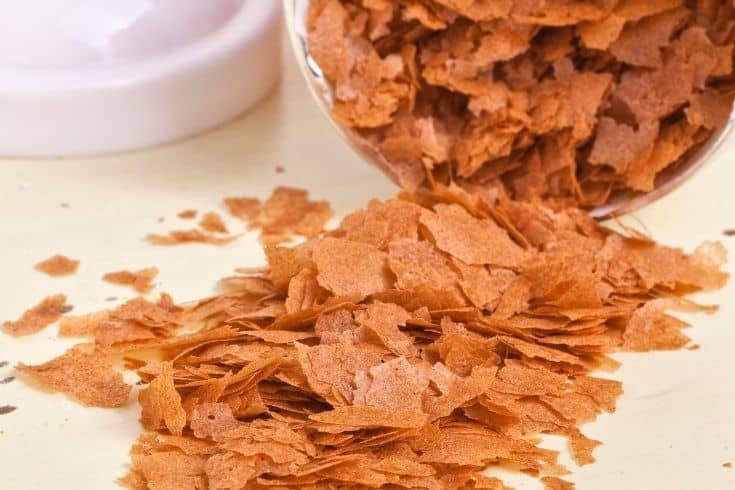
So we’ve established that betta albimarginatas are carnivores, but what does that mean for their diet?
What to Feed
Assuming that you learn from my mistake and don’t try to feed them shrimp, there are still plenty of other options for betta albimarginata food. In the wild, these fish will feed on a variety of small insects and larvae. So, when it comes to captive fish, you’ll want to give them a diet that is rich in protein.
Some good betta albimarginata food options include:
- Bloodworms
- Brine shrimp
- Daphnia
- Krill
- Tubifex worms
You can opt for live versions of these protein sources, frozen foods, or even dry foods such as pellets and flakes that are specifically designed for carnivores. Personally, I find that quality betta pellets make for a great base diet, with the occasional live or frozen food as a secondary food source. Talk to your local fish stores and get their opinion on the best diet for your fish.
How Much to Feed
Now that we know what to feed our bettas, it’s time to talk about how much to feed them. Evolutionarily speaking, betta albimarginatas are hardwired to eat anything and everything that comes their way. This makes sense in the wild, because they never know when their next meal might be.
In captivity, however, we have the luxury of being able to control how much and how many times per day our fish are fed. So, how often should you be feeding your betta albimarginata?
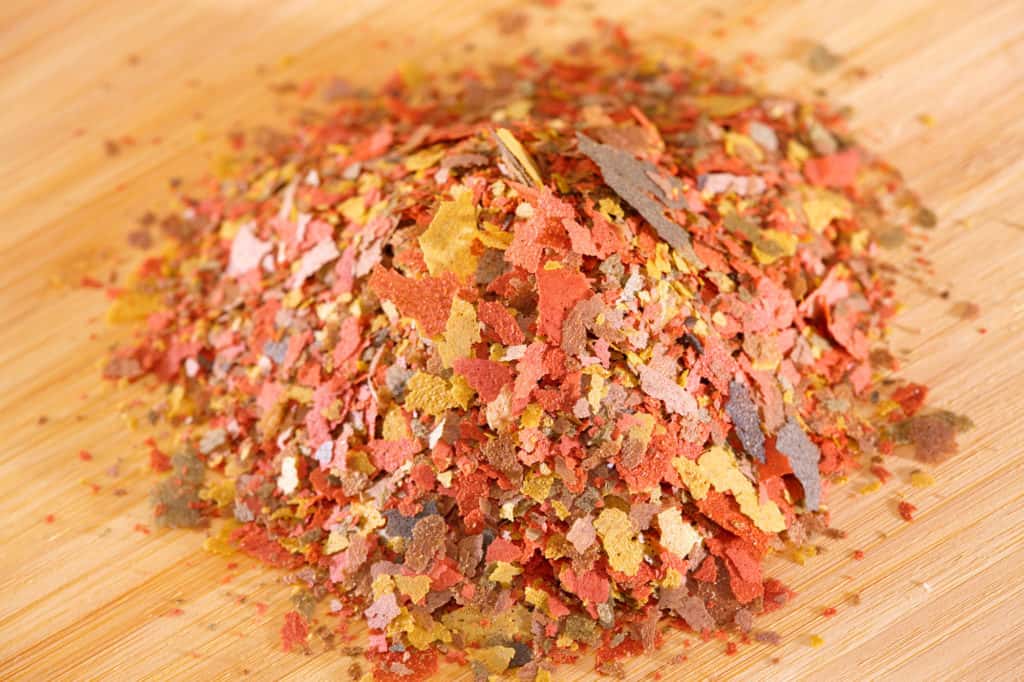
As a general rule of thumb, you should feed your fish twice daily. To keep your fish healthy, stick to an eyeball-sized portion of food per feeding. This is especially important for betta albimarginatas, as they are prone to overeating and can easily develop issues such as constipation and swim bladder disorder.
What Not to Feed
Despite being carnivores, betta albimarginatas can eat most plant-based food without falling ill or experiencing any adverse effects. However, you should avoid these plant-based foods:
- Garlic, onions, or other aromatics – The high sulfur content can cause digestive issues in fish
- Citrus fruits – They don’t have the enzymes necessary to properly digest these fruits
- Avocados – The skin and pits contain a toxin that can be fatal to fish
Of course, you should also avoid anything processed or artificially flavored, as these foods are generally unhealthy for all fish.
Tank Set-Up
You will need:
- A 20-gallon tank
- Tank lid
- Water conditioner
- Heater
- Filter
- Substrate
- Live plants
- Aquarium test kit
Step 1: Start by adding your substrate to the fish tank. I recommend using dark-colored gravel, as it will help bring out the colors of your fish.
Step 2: Once the gravel is in, you can introduce some live plants. Make sure you have some leaves close to the surface of the water. Betta albimarginatas are used to shallow water and would appreciate being able to rest on the leaves from time to time.
Step 3: Fill the tank with treated water and attach the filter according to the manufacturer’s instructions. Test the water for pH and make any necessary adjustments. Remember – these fish prefer acidic water, so aim for a pH of 4.0 – 6.5.
Step 4: Now, you can add your heater. Set it to 78 degrees Fahrenheit, and slowly acclimate your fish to the new tank.
Step 5: To finish setting up your tank, add some hiding places for your fish. And please use a tank lid! Betta albimarginatas are excellent jumpers; you do not want to risk losing your fish.
Habitat Requirements
Now that your tank is set up, it’s time to discuss habitat requirements. We’ll take a look at water, filtration, heat, lighting, and decorative elements.
Water Requirements
The forest streams of Kalimantan, Indonesia, are mildly acidic from tannins leached from decomposing leaves and other plant matter. To recreate these water conditions, we recommend creating a leaf litter of your own! Indian almond leaves work especially well in lowering the pH of your water. This creates an acidic environment for your fish, allowing them to thrive.
Filtration Requirements
In addition to providing your fish with the proper water conditions, you’ll also need to ensure that their tank is properly filtered. A good rule of thumb is to choose a filter that can turn over the entire volume of your tank at least four times per hour. So, if you have a 30-gallon community tank, you’ll want to look for something that can move 120 gallons of water per hour.
Another important aspect to consider is to make sure your filter doesn’t create strong currents. Betta albimarginatas are not powerful swimmers and thus require calm water. A gentle flow is all that’s needed to keep the water in their tank clean and well-oxygenated.
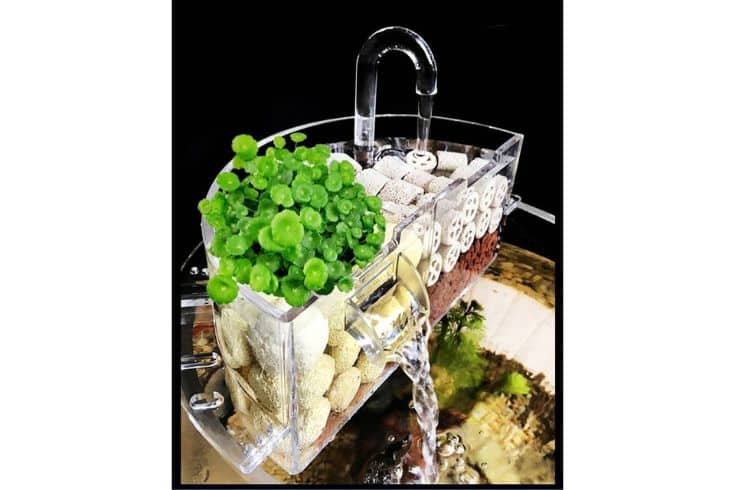
Put simply, filters make it easier to maintain ideal water conditions in your betta’s habitat. Water changes are still necessary – typically every one to two weeks – but a good filter will help keep your fish healthy and reduce the work you must do to keep their tank clean. I don’t know about you, but that sounds like a massive win to me!
Heat and Lighting Requirements
While fish such as koi can adapt to extreme environments, bettas are not as resilient. As such, it’s important to provide them with an aquarium that meets their needs as closely as possible. This is where an aquarium heater will come in handy.
Betta albimarginatas are tropical fish that come from warm, slow-moving waters. Water temperatures can range from 75 to 82 degrees Fahrenheit in their natural habitat. As such, we recommend keeping the water in their tank between 76 and 80 degrees Fahrenheit.
As for lighting, these fish do best in low to moderate light. Too much light will encourage algae growth in your tank, and bettas are not fond of eating plants. A simple fluorescent bulb will provide more than enough light for your fish.
Plants and Decor
Now that we’ve covered the basics, it’s time to get creative! Nothing screams fun like a fully-decorated aquarium, so why not give your betta albimarginata the home of their dreams?
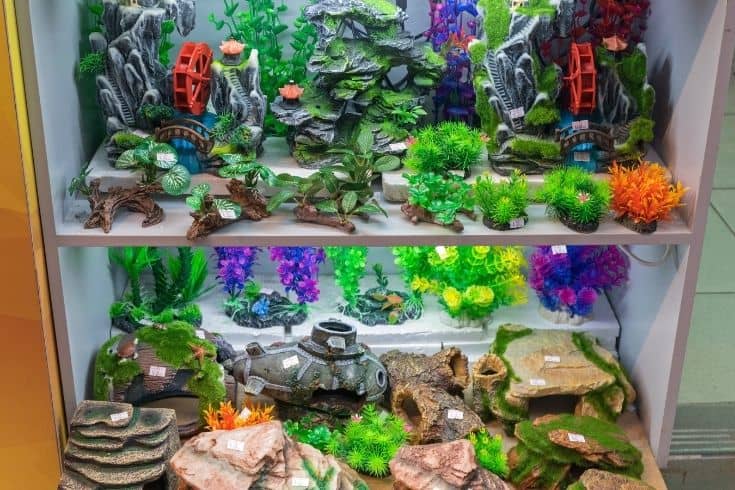
Aquatic plants are a great way to help your fish feel more comfortable in their environment. Plant roots provide fish with plenty of cover, so they can hide away when they feel the need. Moss balls are another popular option, as they can absorb toxins and help keep the water in your tank clean.
When it comes to decor, the options are endless. Rocks, driftwood roots, and caves all make great additions to a betta albimarginata’s habitat. Just be sure to avoid anything with sharp edges, as these can injure your fish.
Habitat Maintenance
As we mentioned earlier, it’s important to perform regular water changes to keep your fish healthy. We recommend doing a partial water change of 10-15% every one to two weeks.
In addition to water changes, you’ll also need to vacuum the gravel in your tank on a regular basis. This will help remove any uneaten food, waste, and debris that has accumulated over time.
Finally, be sure to keep an eye on your plants and decor. These can become covered in algae, which can be harmful to your fish if left unchecked. Simply remove any algae-covered items and give them a good scrubbing in old tank water before putting them back in the aquarium.
Common Health Issues and Treatment
Despite our best efforts, fish sometimes get sick. It’s important to be able to identify common health issues so you can take the necessary steps to treat them. Here are some of the most common illnesses betta albimarginatas face:
Health Issue
Ich (White Spot Disease)
Symptoms or Causes
Ich is a very common disease that’s caused by an aquatic protozoan parasite.
Fish infected with Ich develop a sprinkling of tiny white spots on their fins, gill covers, and bodies. They also flash against the gravel and other solid objects in the aquarium.
Suggested Action
Raise the water temperature to 82o F for three days. Use an OTC White Spot Disease medication to treat the tank.
Health Issue
Flukes
Symptoms or Causes
Flukes is the term used to describe various types of external fish parasites. These macroparasites can often be seen with the naked eye attached to the fish’s skin or gills.
Suggested Action
Treat the fish tank with an OTC antiparasitic medication.
Health Issue
Fungal infections
Symptoms or Causes
White fluffy growths on the fish’s body, mouth, and head.
Suggested Action
Quarantine infected fish, and treat with an antifungal medication.
Health Issue
Bacterial infections
Symptoms or Causes
Sores and ulcers on the body and head, ragged, bloody fins.
Suggested Action
Treat the tank with OTC antibacterial treatment.
These are just some of the most common health issues betta albimarginatas face. If you notice any unusual behavior or symptoms in your fish, it’s best to consult a veterinarian who specializes in treating fish.
Breeding
Last but not least, let’s talk about breeding betta albimarginatas. This should occur in a breeding tank or a separate tank, because the fry are very small and need plenty of hiding places.
To start, you’ll need to choose the fish parents. The female should be plump with a gravid spot, and the male should have long fins and intense coloration. Once you’ve chosen your parents, you can introduce them to the breeding tank.
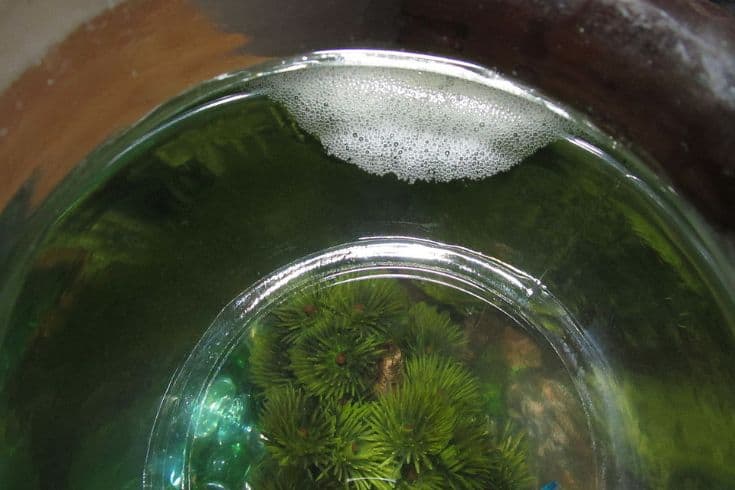
The male will then attempt to court the female and “embrace” her, wrapping his body around hers. If the female is ready to breed, she will release her eggs, and the male will fertilize them. These eggs are then cared for in the mouths of the adult males until they hatch – and yes, betta albimarginatas are paternal mouthbrooders!
After about 21 days of incubation, the fry will be released into the breeding tank. They should be fed a diet of live foods, such as brine shrimp or daphnia. As long as you provide them with the proper care and diet, they should grow into healthy adults.
Product Recommendations
Ready to add a betta albimarginata to your home aquarium? Here are some of our top product recommendations to get you started:
- Tetra Bettamin: This pellet food is rich in nutrients and vitamins, making it an ideal diet for betta albimarginatas.
- Aqueon Betta Bowl Plus Water Conditioner and Dechlorinator: This water conditioner will remove chlorine and other impurities from your tap water, making it safe for your fish to live in.
- Tetra Whisper Internal Power Filter: This internal power filter will help keep your betta albimarginata’s tank clean and free of harmful toxins.
- Awesome Aquatics Indian Almond Leaves: These leaves will help recreate the betta albimarginata’s natural habitat and provide them with essential tannins and nutrients.
The Takeaway
Now that you know everything there is to know about betta albimarginatas, we hope you’ll consider adding one to your home aquarium! These beautiful fish are sure to brighten up your day, and they’re relatively easy to care for as long as you provide them with the proper diet and habitat.
Do you have any questions about betta albimarginatas? Let us know in the comments below!
